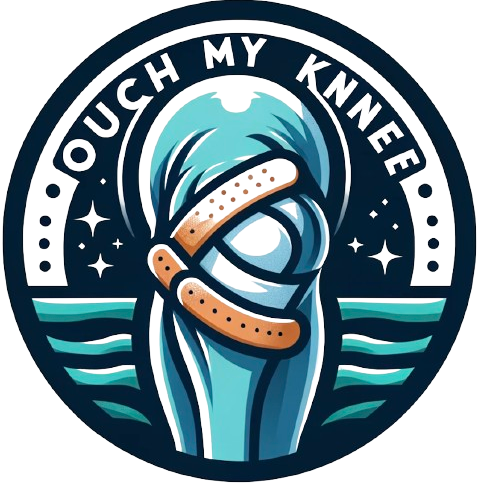Knee pain is a common issue affecting individuals of all ages, often stemming from a variety of factors including injuries, overuse, and underlying health conditions. Proper knee health is crucial for maintaining mobility and quality of life. While many are aware of the basic principles of knee health, such as maintaining a healthy weight and staying active, there are nuanced strategies that can make a significant difference in managing knee pain and promoting knee health.
One key aspect often overlooked is the importance of flexibility and muscle balance around the knee. This involves not just strengthening the quadriceps and hamstrings but also focusing on the muscles of the hip and lower back, which play a critical role in knee stability. Exercises like hip bridges, leg raises, and controlled stretches can aid in creating a supportive network of muscles that alleviates undue stress on the knee joint.
Preventative measures can also include lifestyle changes, such as choosing appropriate footwear that offers good arch support and cushioning. High heels and flat shoes without adequate support can alter body mechanics, increasing the strain on the knees. Orthotic inserts or professionally fitted shoes can significantly reduce discomfort, especially for those with flat feet or high arches which can contribute to knee misalignment.
Diet and nutrition also play an indispensable role in knee health. Incorporating anti-inflammatory foods such as omega-3 rich fish, leafy greens, and nuts can help manage pain and inflammation. Additionally, supplements like glucosamine and chondroitin have been shown to potentially improve symptoms in individuals with osteoarthritis by maintaining the health of cartilage.
Managing knee pain effectively often requires a multimodal approach, including physical therapy and, in some cases, medication. Physical therapists can teach individuals how to perform low-impact exercises that enhance knee function while minimizing pain. Over-the-counter anti-inflammatory medications may provide temporary relief, but it’s essential to consult healthcare professionals for a comprehensive treatment plan tailored to individual needs.
Finally, addressing overall body alignment and movement patterns through practices such as yoga or Pilates can offer long-term benefits. These activities promote mindfulness of body mechanics and encourage proper alignment, reducing the likelihood of chronic knee issues. Consistency in such practices not only aids in pain relief but also fortifies the body’s structure, contributing to sustainable knee health. By incorporating these nuanced strategies, individuals can effectively navigate knee pain, ensuring continued mobility and improved quality of life.
